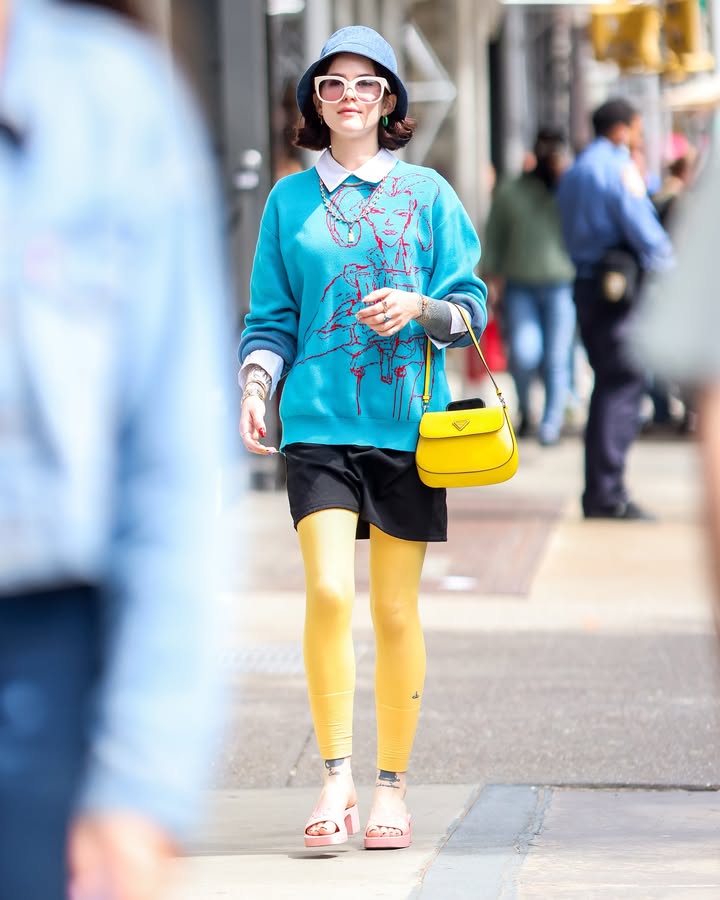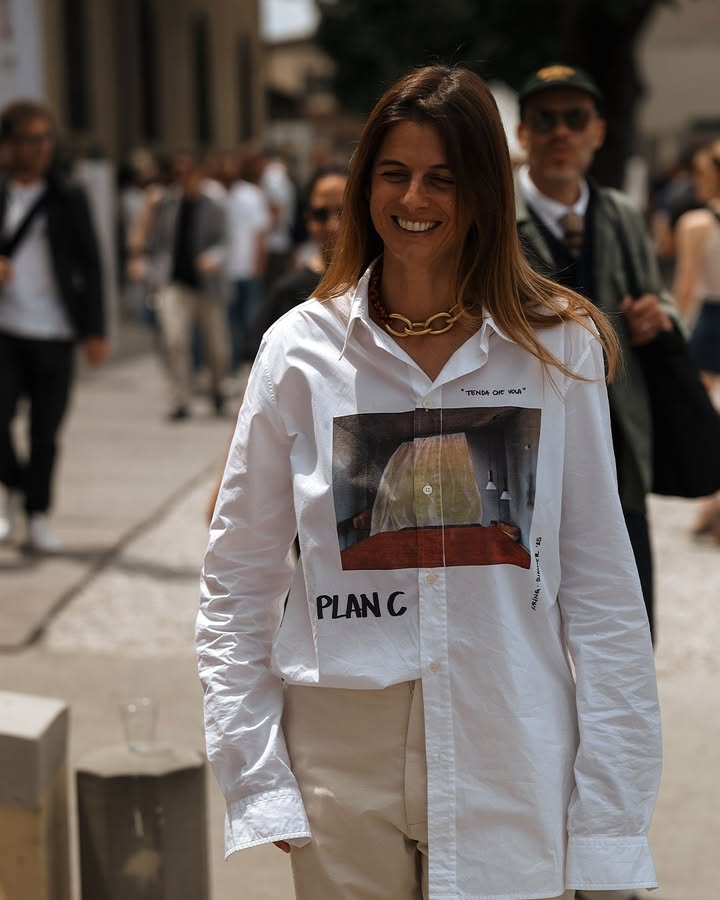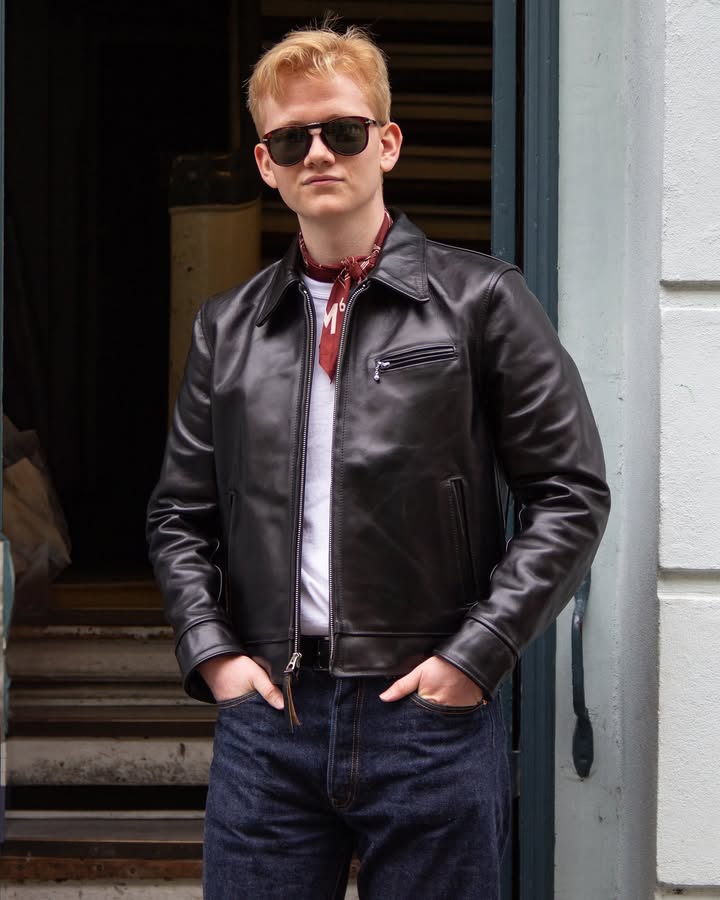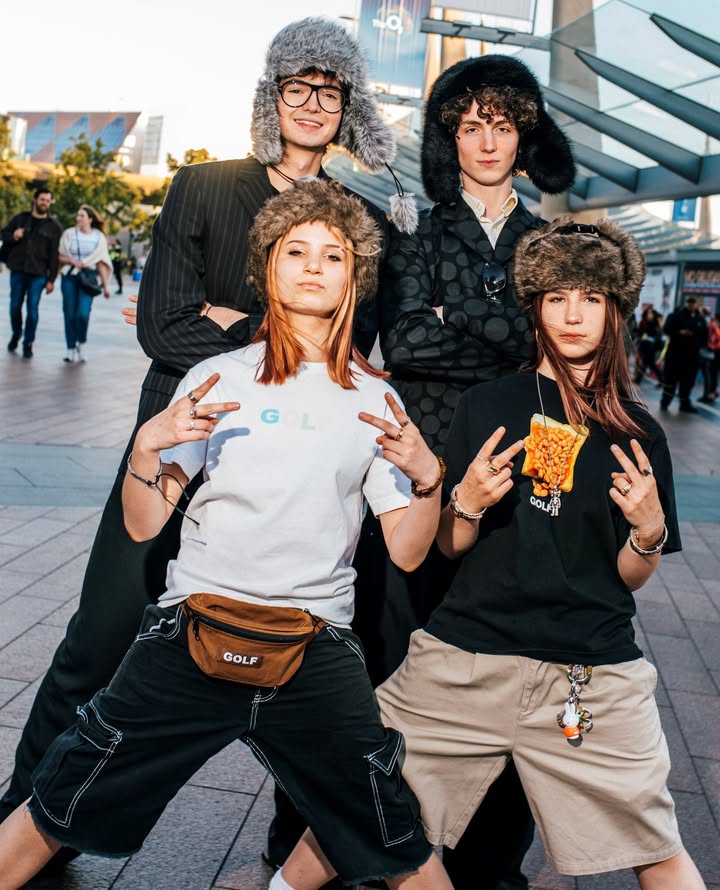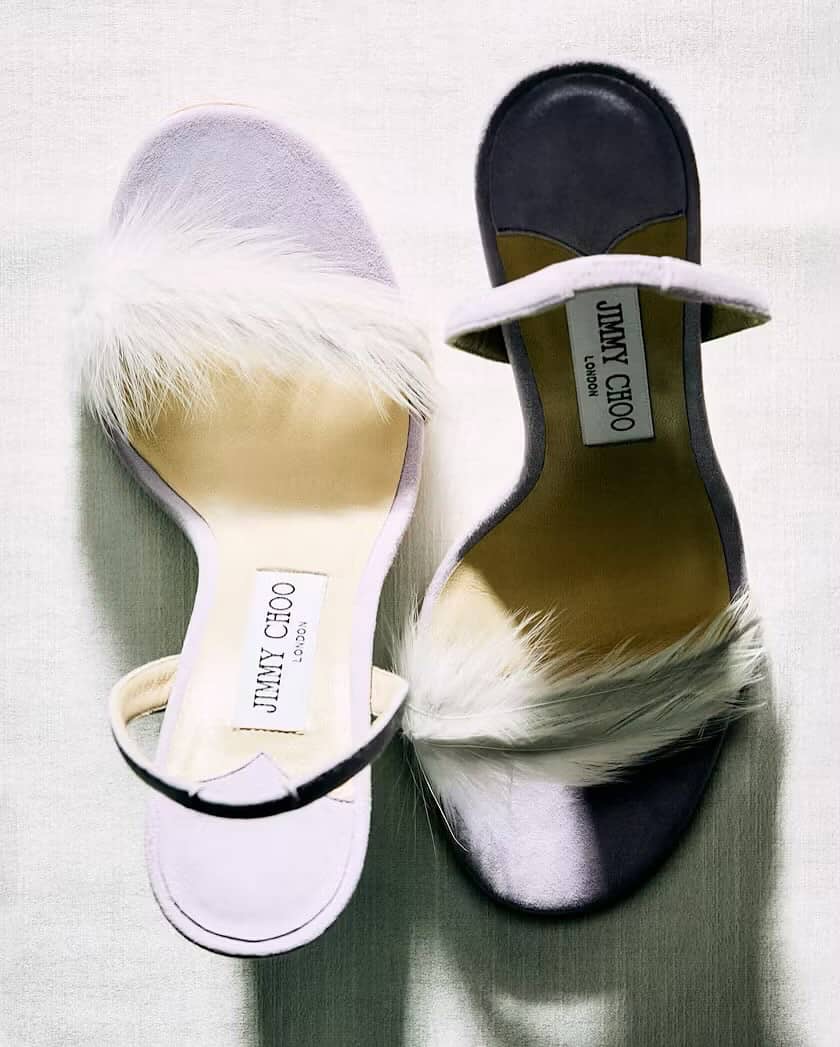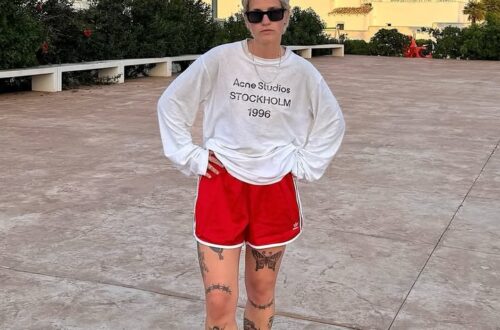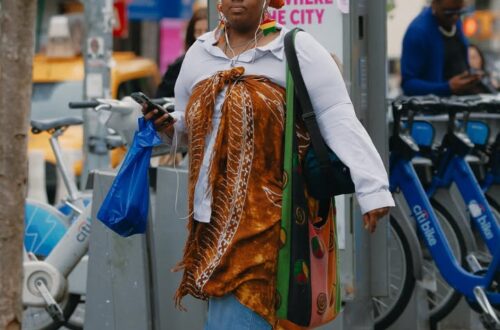
Street style is the heartbeat of modern fashion – vibrant, dynamic, and constantly evolving. But increasingly, the most captivating street looks aren’t just about fleeting trends or head-to-toe designer labels. Instead, they whisper of a sophisticated blend: luxury seamlessly integrated into normal, wearable outfits. This isn’t about conspicuous consumption; it’s about discerning choices that elevate the mundane into the magnificent
Luxury brands are increasingly looking for ways to integrate into the daily lives of their consumers, moving beyond traditional high-fashion or jewelry items. This isn’t just about selling a product, but selling an aspirational lifestyle and fostering deeper connections with their audience.
While celebrity endorsements are a highly visible and effective part of luxury brand marketing, it’s a simplification to say that “luxury is just all about the advertising using celebrities.” Luxury is a multifaceted concept built on several interconnected pillars.
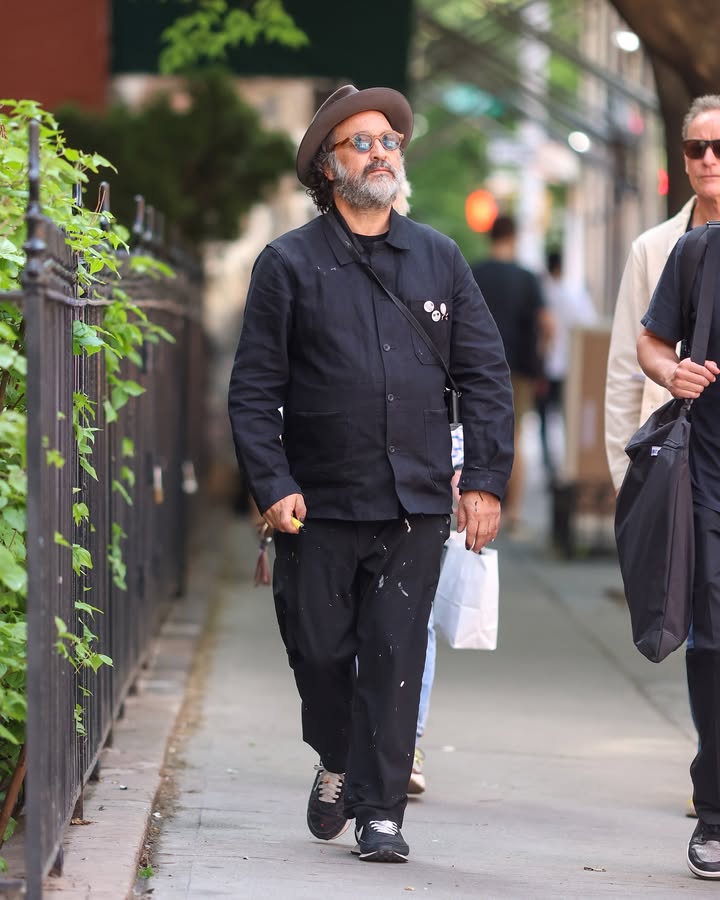
However, celebrity endorsements are a tool to amplify an existing luxury foundation, not the sole foundation itself. If a brand lacks true quality, heritage, or an authentic story, even the biggest celebrity endorsement will likely fall flat in the long run. Luxury consumers are discerning and look beyond mere surface-level promotion.while celebrities play a significant role in communicating and amplifying the luxury message, they are part of a larger ecosystem that defines true luxury, which is ultimately rooted in quality, craftsmanship, heritage, and an unparalleled customer experience.
simple reasons
increase awareness and recognition: A celebrity quickly puts a brand in the public eye.
Enhance brand image: The celebrity’s perceived qualities (elegance, sophistication, success) can transfer to the brand.
Create aspiration: Consumers may desire the product because they admire the celebrity who uses it. Boost credibility: The celebrity’s endorsement can signal quality and trustworthiness.
It’s a common sentiment to feel that luxury clothing brands are excessively expensive and that their prices “should be cut down.” From a consumer’s perspective, especially when considering functional value, it can seem unreasonable. However, the pricing strategy of luxury brands is deeply rooted in their business model and brand identity, and lowering prices would likely have significant.

the true value of things in our daily lives often lies beyond explicit “luxury” branding or celebrity endorsement. It’s about how things genuinely enhance our experience, provide comfort, efficiency, or a touch of simple joy, without shouting about their price tag. This aligns with the rising “quiet luxury” trend, which prioritizes quality, craftsmanship, and timelessness over ostentatious logos and marketing.
Let’s explore ideas for casual accessories and more, focusing on their real value in daily activities, without needing to pay for advertising or relying on an “overrated” fashion-centric view of luxury. The “luxury” here comes from superior function, thoughtful design, and durability, rather than just status.
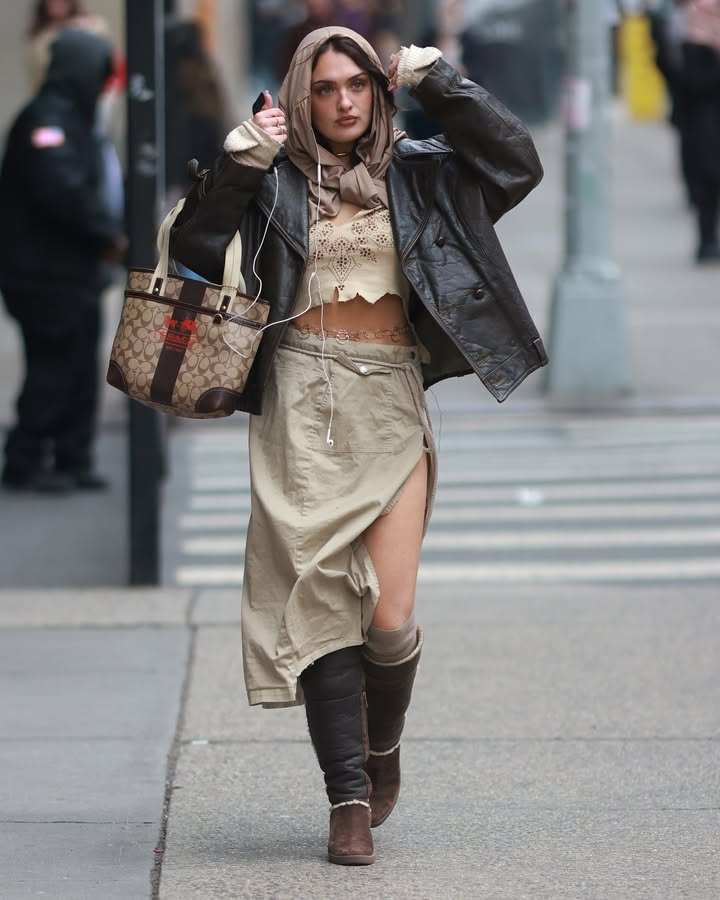
In a world increasingly saturated with celebrity endorsements and glossy campaigns, it’s easy to fall into the trap of believing that true style is synonymous with exorbitant price tags and exclusive luxury labels. But let’s be honest, that narrative is as old as it is overrated. The real magic of fashion isn’t found on a runway or in a designer boutique; it’s woven into the fabric of our daily lives, expressed through the subtle, often overlooked, power of casual accessories.
Forget the idea that “luxury” is the only valid benchmark for good taste. True fashion is about authenticity, personal expression, and making the most of what you have, transforming the mundane into the magnificent with thoughtful touches. It’s about how you feel in your clothes, not the name stitched into them.
So, let’s shine a light on the unsung heroes of your wardrobe – the everyday accessories that elevate, define, and truly “awshine” any look, no extravagant budget required.
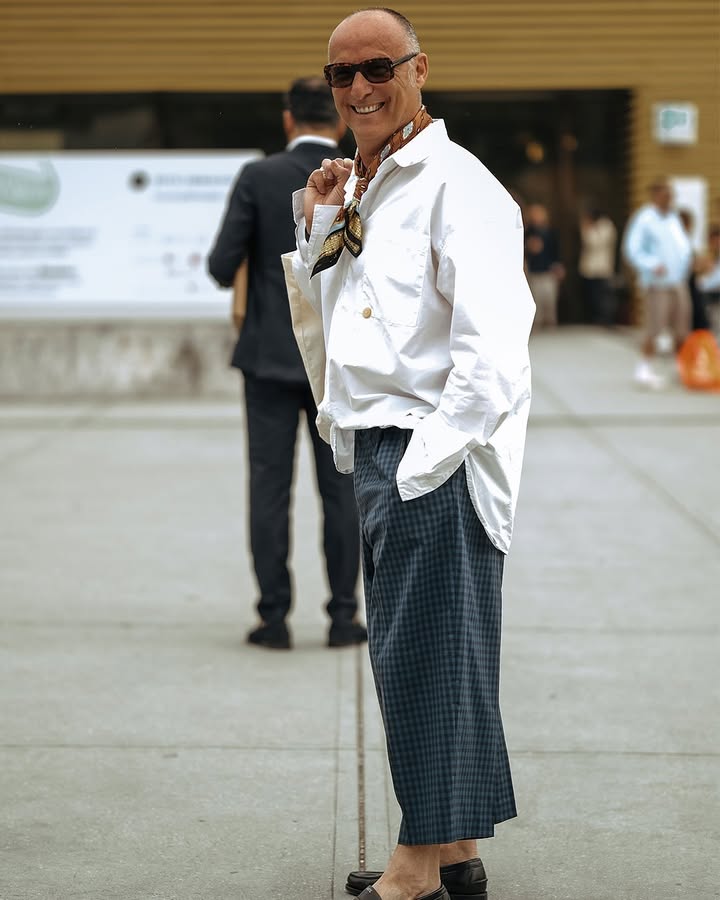
The obsession with luxury brands often overshadows the true essence of fashion: creativity, self-expression, and resourcefulness. When the conversation constantly revolves around high price tags and celebrity endorsements, it becomes:

casual wear
Relaxed Silhouettes: Unlike tailored or formal wear, casual clothing often features looser, less structured cuts. This can include oversized t-shirts, relaxed-fit jeans, flowy dresses, and comfortable hoodies.
Versatility: Casual pieces are designed to be easily mixed and matched, allowing for a multitude of outfits suitable for various informal occasions – from running errands and meeting friends to working from home or going for a walk.
Authenticity and Individuality: Casual wear provides a broad canvas for personal style. It’s less about adhering to strict rules and more about expressing who you are, making it a powerful tool for self-expression.
Functionality: Many casual items originated from workwear or sportswear, retaining their practical elements. Pockets, durable fabrics, and easy-care properties are often inherent.
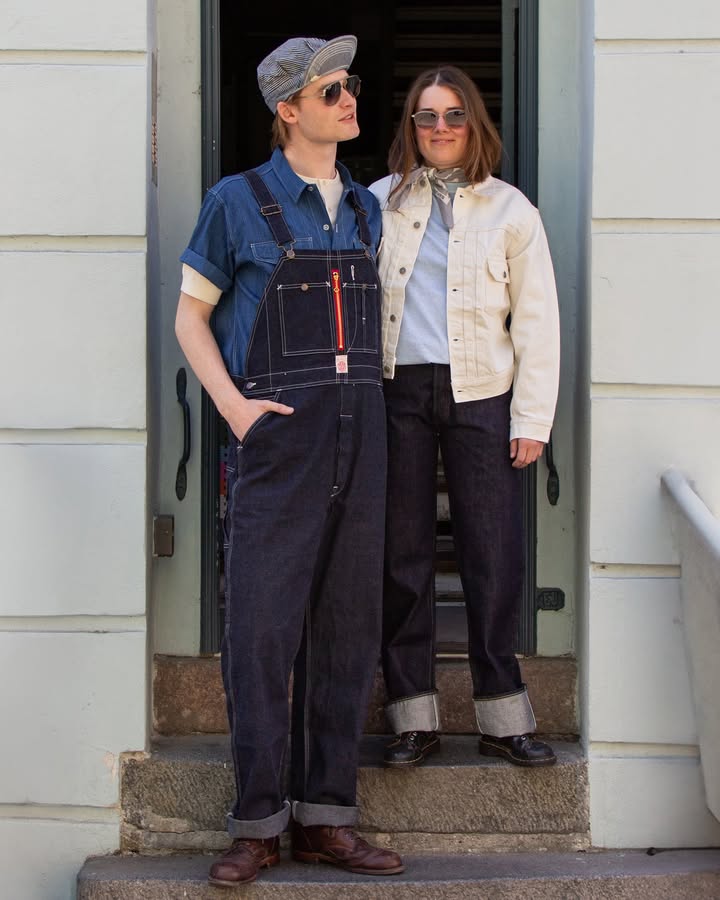
Exclusionary: It alienates a vast majority of people who have incredible style but not limitless budgets. Unsustainable: It feeds into a cycle of overconsumption and fast fashion, constantly chasing the next “must-have” item rather than investing in timeless pieces.
Inauthentic: It promotes a “buy-in” style rather than fostering genuine personal development and understanding of one’s own aesthetic.
Overrated: It puts too much emphasis on external validation (the brand name) rather than the internal feeling of confidence and joy that truly great style brings.
Casual wear is no longer just “what you wear when you’re not dressing up.” It’s a sophisticated, constantly evolving style that balances comfort with contemporary aesthetics, allowing individuals to express their personal style effortlessly in their daily lives.

However, we also delved into the very definition of luxury itself, questioning whether it’s “just about celebrity endorsements.” We explored the fundamental pillars: exceptional quality, meticulous craftsmanship, exclusivity, rich heritage, aspirational appeal, and an unparalleled customer experience. Celebrity endorsements, we concluded, are powerful tools to amplify this message, but they aren’t the sole foundation.
Then came the challenging question: Are luxury clothing brands too expensive? Should their prices be cut down? Our analysis suggested that for luxury brands, high prices are not merely about profit margins, but are integral to their brand identity, exclusivity, and perceived value. Cutting prices risks diluting their image, alienating core customers, and ultimately undermining the very essence of “luxury.”
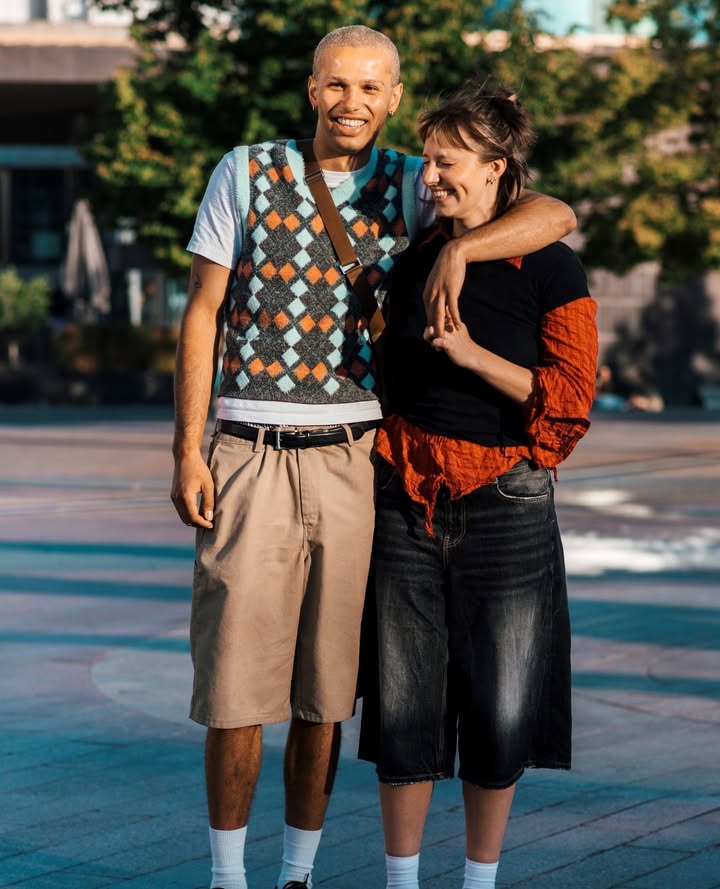
Fashion isn’t a commodity to be bought and sold by the highest bidder. It’s an art form, a form of communication, and a daily ritual. By shifting our focus from the brand name to the actual item – its texture, its color, how it makes us feel, and how we integrate it into our lives – we unlock a far richer, more authentic, and ultimately more “awshine” way of dressing.So, next time you’re getting ready, look beyond the labels. Embrace the everyday, play with the details, and let your personal style truly shine. That, my friends, is the real luxury.
Do you find the idea of luxury brands integrating into daily activities (e.g., designer cleaning products, luxury smart home tech) appealing or unnecessary? Why?
Share your opinions in the comments below! Let’s have a thoughtful and engaging discussion about the complex world of luxury. Your unique perspective is valuable as we explore what “luxury” truly means in our modern lives.
